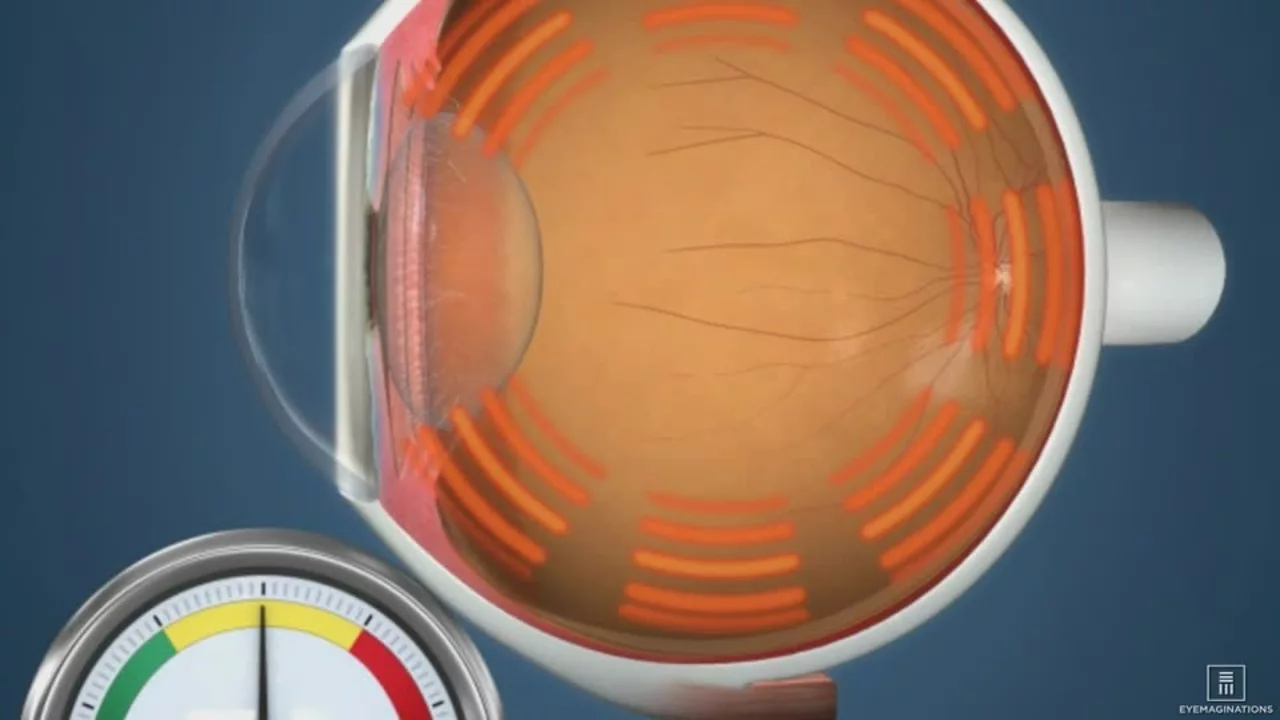Screen Time – How It Affects Your Body and Mind
If you spend a few hours a day scrolling, texting, or binge‑watching, you’re not alone. Most of us are glued to phones, laptops, or TVs for work and fun. The real question is what that constant glow does to our health.
Common Problems from Too Much Screen Time
First up, eyes. Staring at a bright screen forces your eye muscles to stay tense, which leads to blurry vision, dry spots, or the dreaded headache after a long Zoom call. This is often called digital eye strain, and it happens faster than you think because we rarely blink while reading on a phone.
Next, sleep. The blue light from screens tricks your brain into thinking it’s still daytime. That signal drops melatonin, the hormone that tells you it’s time to snooze. Result? Trouble falling asleep or restless nights, even if you turn off the lights an hour before bed.
Your posture also takes a hit. Hunching over a laptop for hours compresses your spine and can cause neck pain, shoulder tension, and long‑term back issues. It’s easy to forget to sit up straight when you’re focused on a screen.
Beyond the physical side, mental health feels the strain too. Constant notifications keep the brain in alert mode, raising stress levels and making it harder to relax. For kids, excessive screen time can interfere with social skill development and reduce outdoor playtime, which is essential for emotional growth.
Simple Ways to Reduce Your Daily Exposure
The good news? Small changes make a big difference. Try the 20‑20‑20 rule: every 20 minutes, look at something 20 feet away for at least 20 seconds. This gives eye muscles a quick break and cuts down on strain.
Swap night mode or blue‑light filters on all your devices after sunset. Even a slight dimming of the screen reduces melatonin suppression, helping you wind down naturally.
Set a “screen curfew” an hour before bed. Use that time for reading a paper book, stretching, or preparing tomorrow’s to‑do list. Your brain will thank you with faster sleep onset and deeper rest.
Adjust your workspace: keep screens at eye level, sit back so the monitor is about an arm’s length away, and use a supportive chair. A quick posture check every hour can stop neck pain before it starts.
If you notice stress building from notifications, mute non‑essential alerts or designate specific times to check email and social media. This reduces the constant dopamine spikes that keep you wired.
For families, create screen‑free zones like the dinner table or a dedicated play area for kids. Encourage outdoor activities or board games as alternatives. The goal isn’t to quit screens entirely—just to balance them with real‑world experiences.
Finally, track your usage. Most smartphones have built‑in tools that show daily screen time. Seeing the numbers can motivate you to set realistic limits and stick to them.
By paying attention to how long you’re glued to a glow, you protect your eyes, sleep better, stand up straighter, and keep stress in check. Small tweaks add up, letting you enjoy tech without the hidden costs.

The Impact of Screen Time on Ocular Hypertension and Eye Health
In recent years, I've noticed a growing concern about the impact of screen time on our eye health, particularly regarding ocular hypertension. Studies have shown that prolonged exposure to screens can lead to symptoms like eye strain, dryness, and even an increase in intraocular pressure. This can potentially contribute to the development of glaucoma, a leading cause of vision loss. To counter these effects, I recommend following the 20-20-20 rule: take a break every 20 minutes to look at something 20 feet away for 20 seconds. Additionally, regular eye exams are essential to monitor eye health and detect any potential issues early on.
Read More